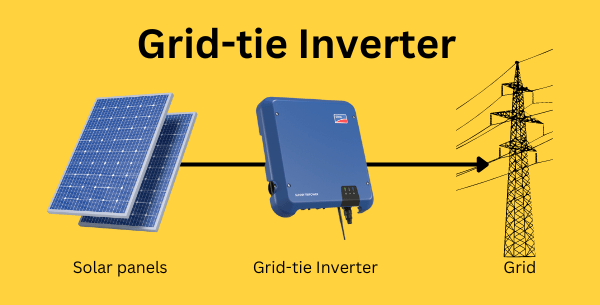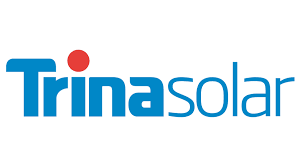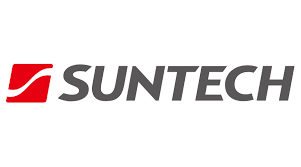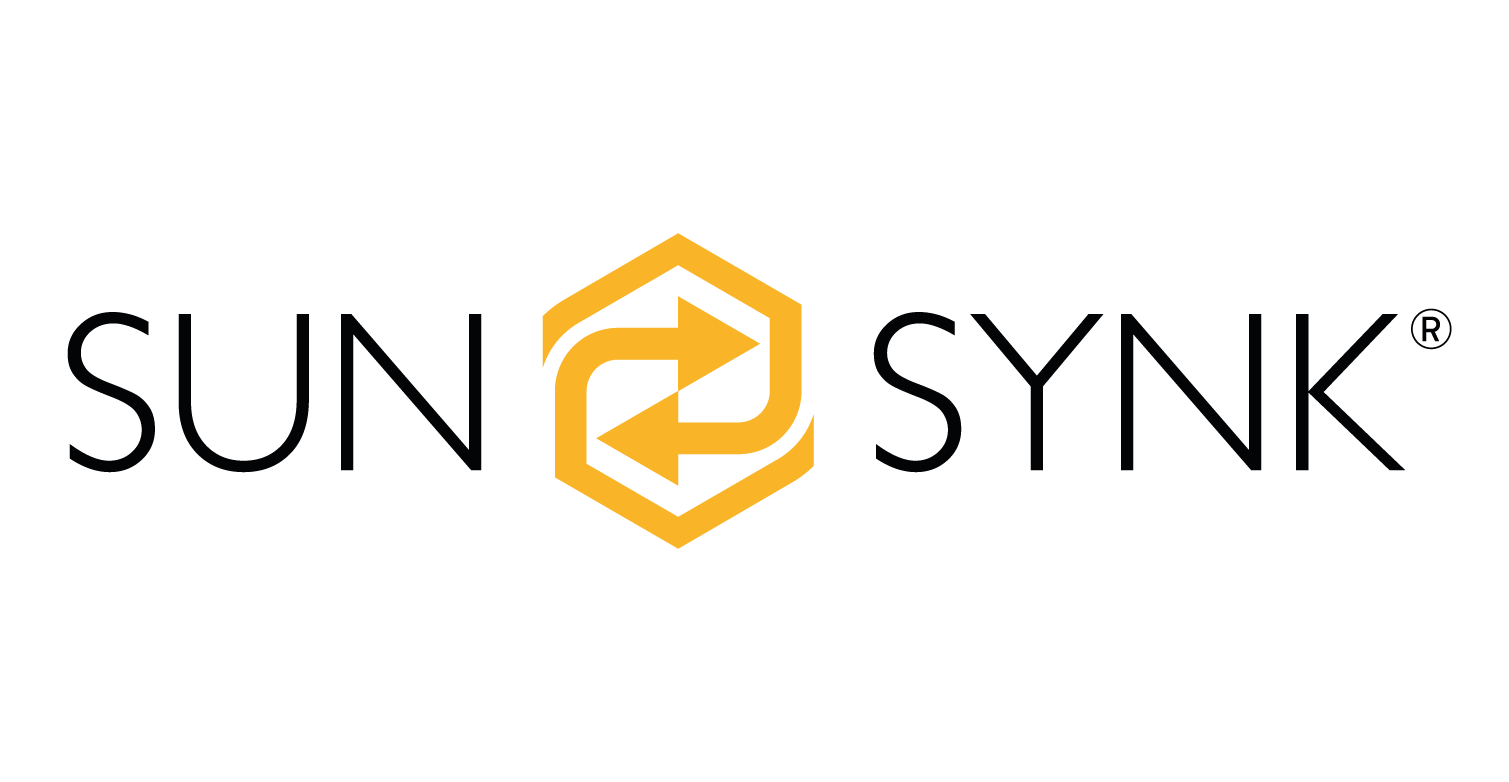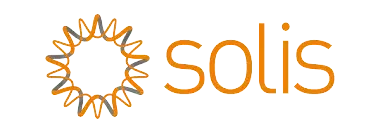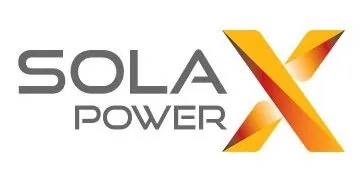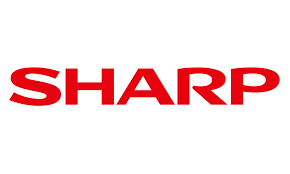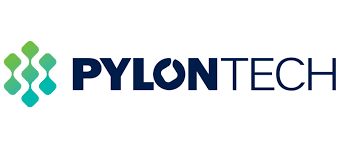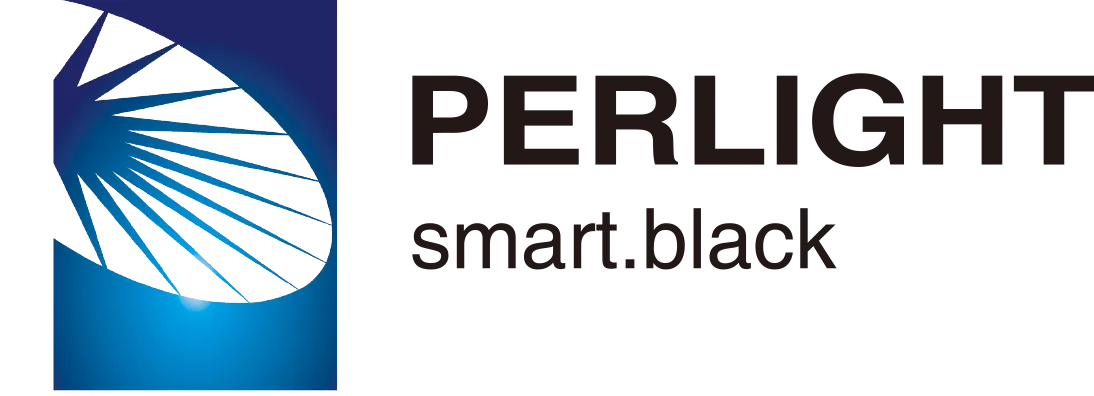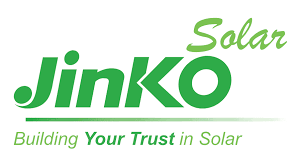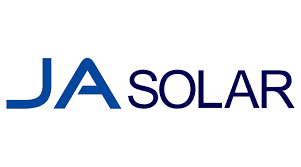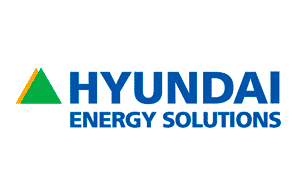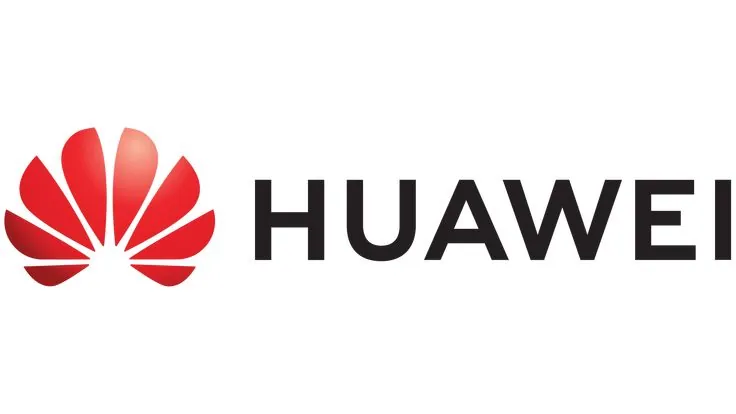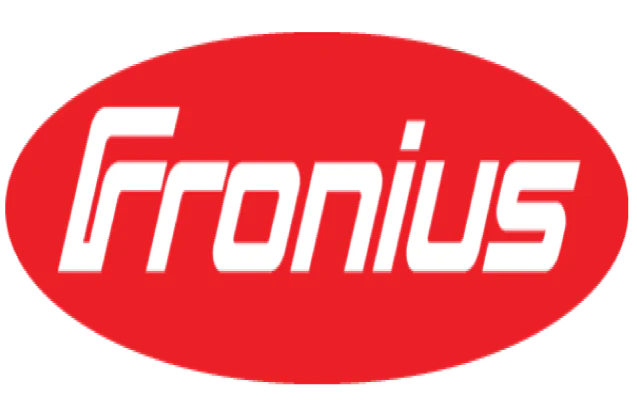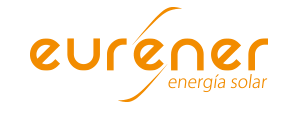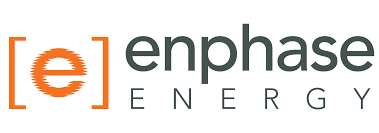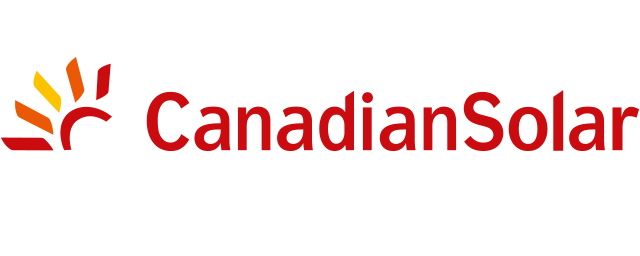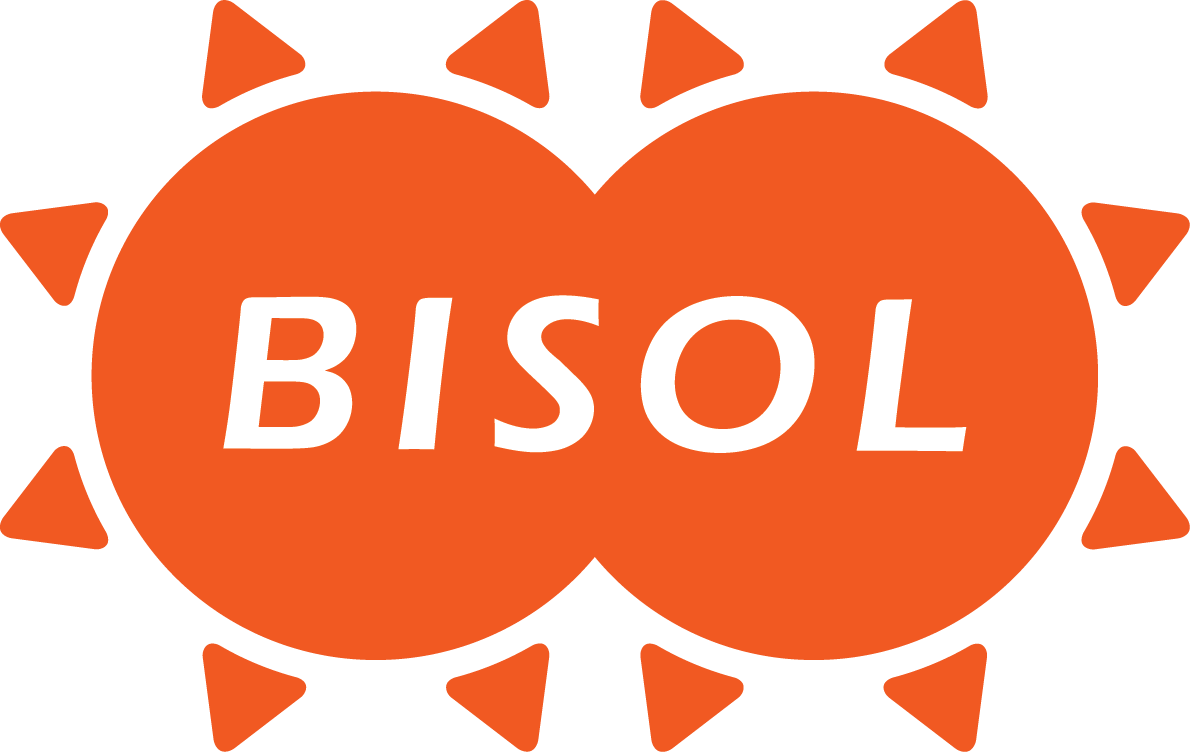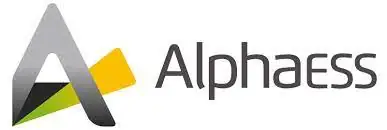Grid-tied solar inverters are a critical component of modern solar energy systems, enabling homeowners to generate their own clean energy and sell excess power back to the utility grid. In this blog post, we’ll take a closer look at grid-tied solar inverters and explore some of their key features and benefits.
What is a grid tied inverter?
A grid-tied solar inverter is a device that converts the direct current (DC) electricity produced by solar panels into alternating current (AC) electricity that can be used by household appliances and sent back to the utility grid. Grid-tied inverters are typically installed alongside solar panels on the roof or in the yard, and they connect directly to the home’s electrical system.
One of the key advantages of these inverters is that they allow homeowners to sell excess power back to the utility grid. A ‘net metering’ system achieves this by crediting homeowners for the excess power they generate and returning it to the grid. Net metering enables homeowners to offset the cost of their electricity bills, and it also helps to reduce the overall demand for fossil fuels.
Features of grid tied inverters:
Grid-tied solar inverters typically have several key features that make them well-suited for use in solar energy systems. Some of the most important features include:
Maximum Power Point Tracking (MPPT)
MPPT is a technology that enables the inverter to optimize the amount of power it can extract from the solar panels under different lighting conditions. MPPT allows the inverter to adjust the voltage and current of the DC power to match the needs of the AC load, ensuring that the system operates at peak efficiency.
- Anti-islanding protection
Anti-islanding protection is a safety feature that ensures that the inverter shuts off in the event of a power outage. This prevents the solar energy system from feeding electricity back into the utility grid, which could potentially injure utility workers who are working to restore power.
- Remote monitoring
Most inverters can be remotely monitored and controlled using a computer or mobile device. This allows homeowners or solar energy system installers to track the system’s performance and identify any issues that may arise. To optimize the system’s performance and ensure it operates at peak efficiency, one can also use remote monitoring.
- Efficiency
Grid-tied inverters are designed to operate at high levels of efficiency, typically around 95%. This means that they convert a high percentage of the DC power produced by the solar panels into usable AC power, which reduces energy waste and maximizes system performance.
Benefits of grid-tied solar inverters:
There are several key benefits to using solar inverters in a solar energy system. Some of the most important benefits include:
- Lower energy bills
Grid-tied solar inverters allow homeowners to offset the cost of their energy bills by generating their own clean energy and selling excess power back to the utility grid. This can result in significant cost savings over time, making solar energy a more affordable option for many homeowners.
- Environmental benefits
Using a solar energy system with a grid-tied inverter can help reduce the demand for fossil fuels, resulting in lower greenhouse gas emissions and a cleaner environment.
- Improved reliability
Grid-tied solar inverters are designed to operate at high levels of reliability and efficiency, ensuring that the solar energy system provides a reliable source of power for the home.
- Increased home value
Many homebuyers view a home’s value positively increases when they see the installation of a solar energy system with a grid-tied inverter.
Conclusion
Grid-tied solar inverters are an essential component of modern solar energy systems, enabling homeowners to generate their own clean energy. Here at https://Lukaro.shop, you can find many well-known brands of grid-tied inverters for your budget and performance needs.


